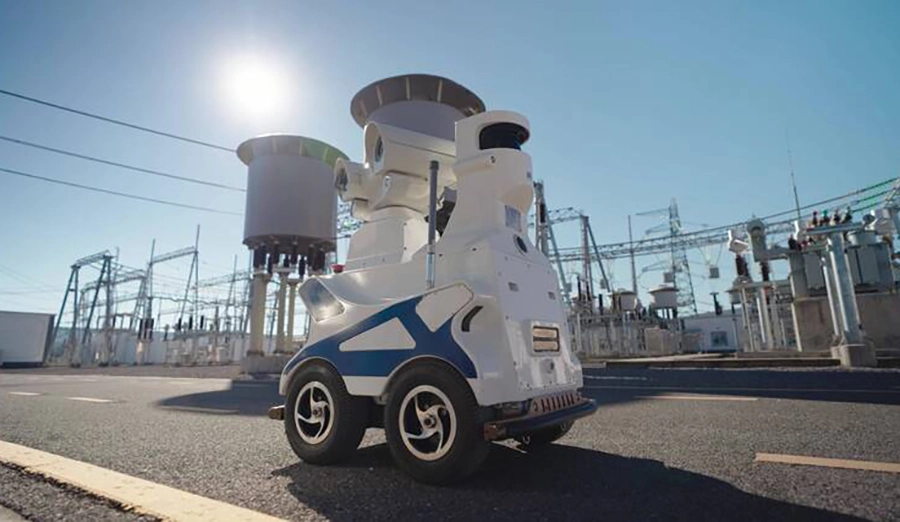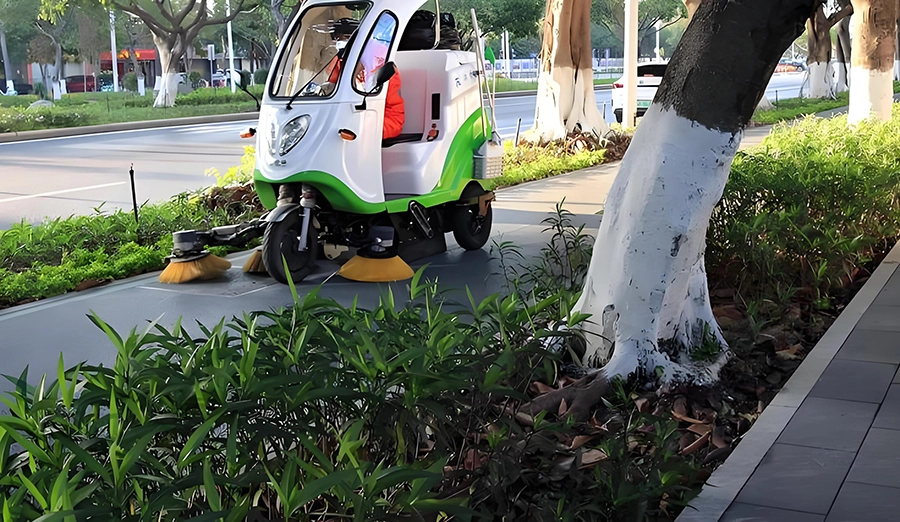
WIRELESS CHARGING IN THE NEWS
Quadruped inspection robot dogs have become a significant symbol of modern technological advancement. With their exceptional mobility and adaptability, they demonstrate practical value in multiple fields, from industrial inspection to public safety, transforming traditional inspection models.
In industrial inspection, quadruped robots are particularly suited for environments difficult for traditional methods to reach, such as complex pipeline systems, oil rigs, and high-risk areas in nuclear power plants. Capable of carrying various sensors and detection equipment, they collect and analyze data in real time, which is crucial for enhancing safety and efficiency. Their agility and stability allow them to navigate uneven or hazardous terrains quickly, thereby reducing human dependency and risk in numerous situations.
The domain of urban public safety is another important application for quadruped inspection robots. They can be used to monitor large public gatherings or perform reconnaissance missions during disaster relief operations. By transmitting live video and audio feeds, these robots help law enforcement or rescue personnel respond swiftly. Additionally, they can access incident sites inaccessible to humans, using sensor feedback to assess the environment and ensure personnel safety.
In agriculture and ecological environment management, quadruped inspection robots showcase unparalleled adaptability. They can work continuously, day and night, under various weather conditions, performing precise crop monitoring over large farms or observing wildlife. These robots have unique advantages in collecting environmental data and tracking ecological changes, making them especially suitable for large-scale, unattended applications.
The uninterrupted operation of these robots in various missions is supported by diverse charging methods, a critical factor in achieving this goal. Traditional wired charging remains the foundation for many robotic devices. This involves manually connecting to a charging station after a task or during specific periods. Though straightforward, this approach limits the flexibility and continuity of robot deployment.
To enhance work efficiency and flexibility, wireless charging technology is gradually being applied to quadruped inspection robots. Using electromagnetic induction or magnetic resonance technology, these robots can autonomously dock to wireless charging zones during idle times. Wireless charging reduces the need for manual intervention and allows for power replenishment between tasks, extending operational time. However, challenges remain concerning charging efficiency and transmission range.
Battery swapping systems offer another solution for applications demanding higher efficiency and flexibility. With modular battery designs, these robots can quickly replace depleted battery packs with new ones, minimizing downtime. This method suits high-intensity, long-duration continuous operations, such as those requiring frequent actions in industrial inspections.
With technological advancements, environmentally friendly solutions like solar charging are gradually gaining traction. These solutions convert ambient light into electricity, extending robot operation time in sunlit outdoor environments. However, solar charging efficiency is limited by weather and light intensity, often requiring integration with other charging methods.
The applications and charging technology of quadruped inspection robots are maturing, demonstrating substantial development potential and market value. With advancements in robotics algorithms, sensor technology, and material sciences, the autonomy, reliability, and energy efficiency of these robots are expected to significantly improve. Looking ahead, quadruped inspection robots will continue to expand their application fields, driving multiple industries, including industrial, public safety, and agriculture, toward new stages of automation and intelligence. In an increasingly complex world, quadruped inspection robots will play a crucial role in helping humans address various challenges more safely and efficiently.







